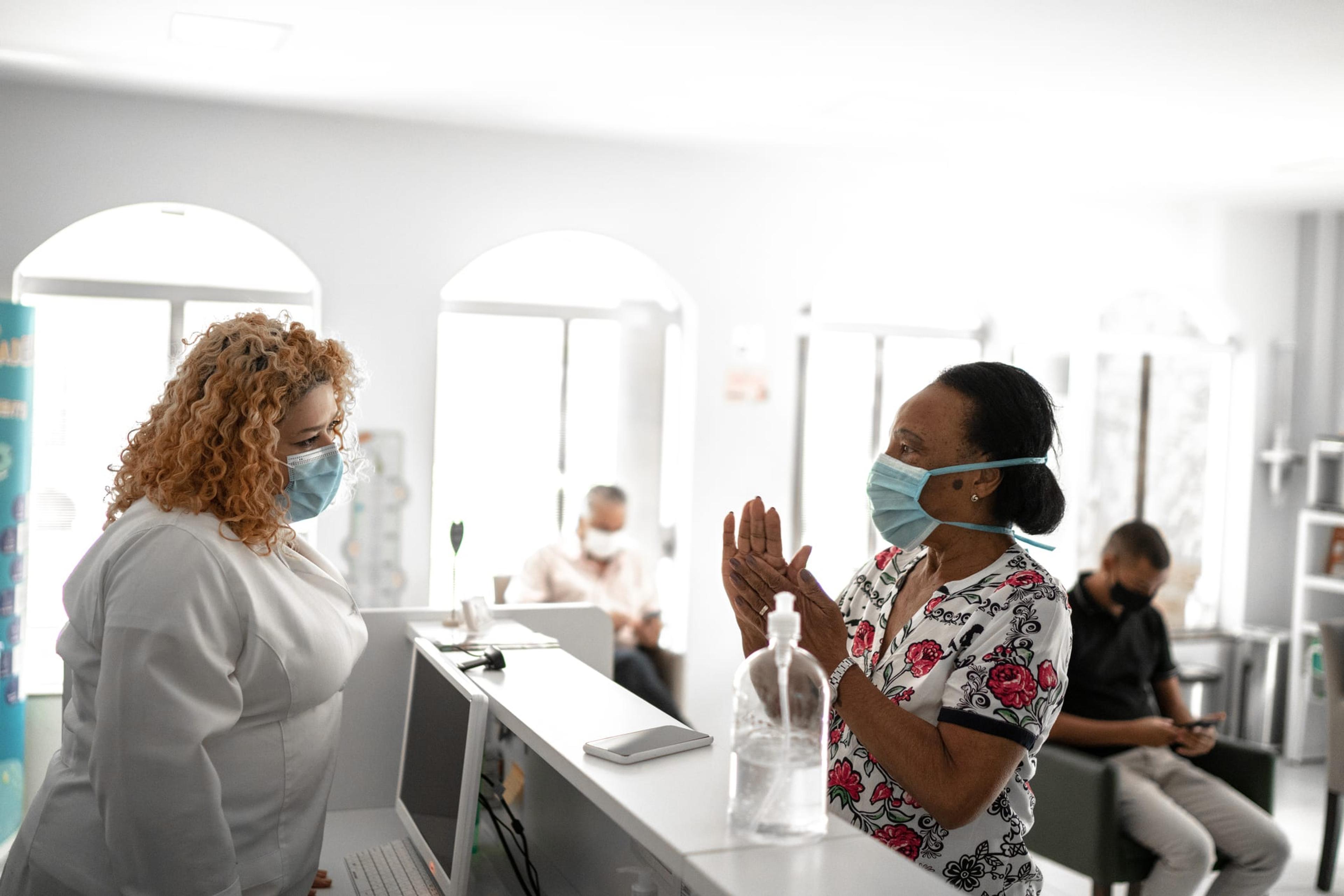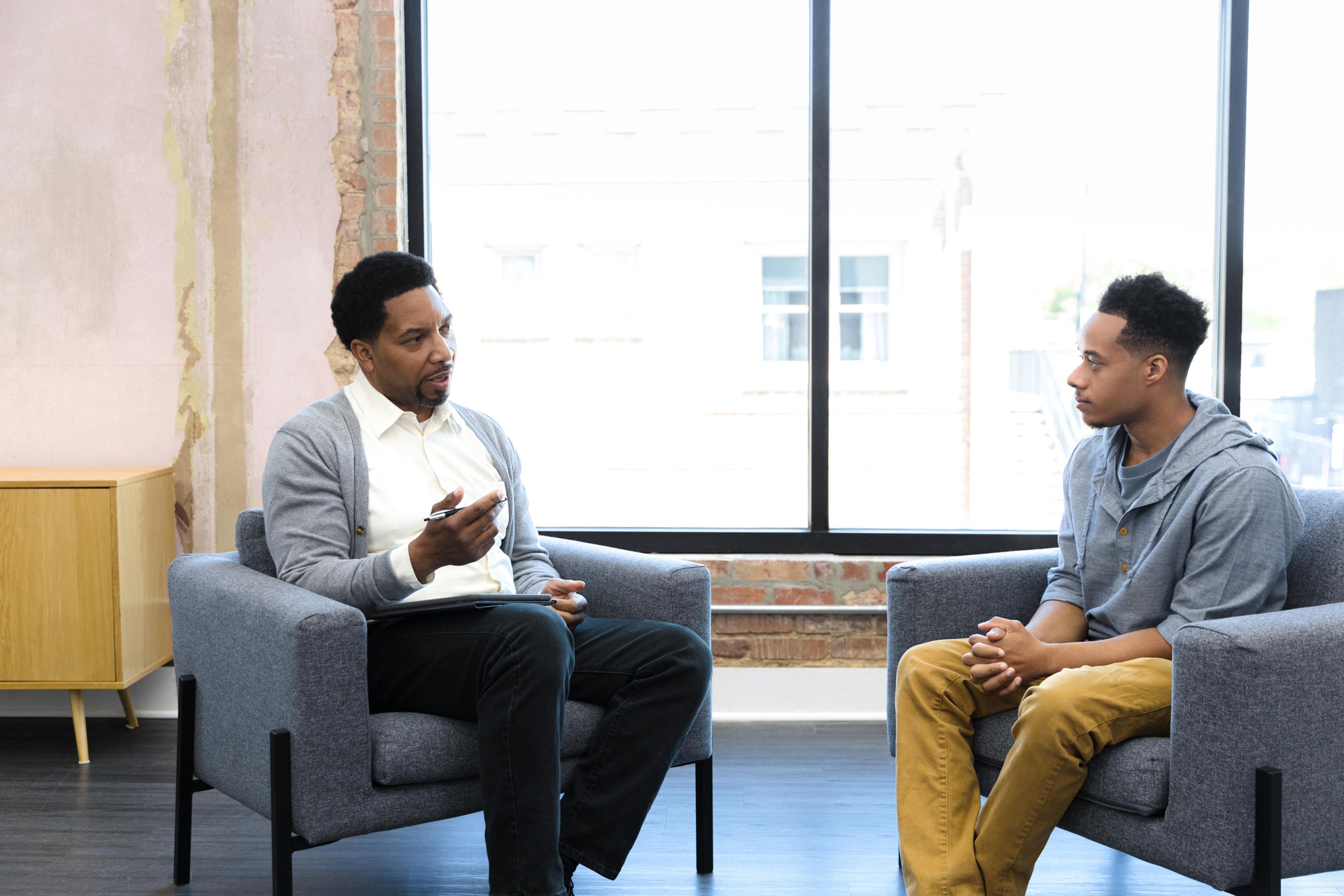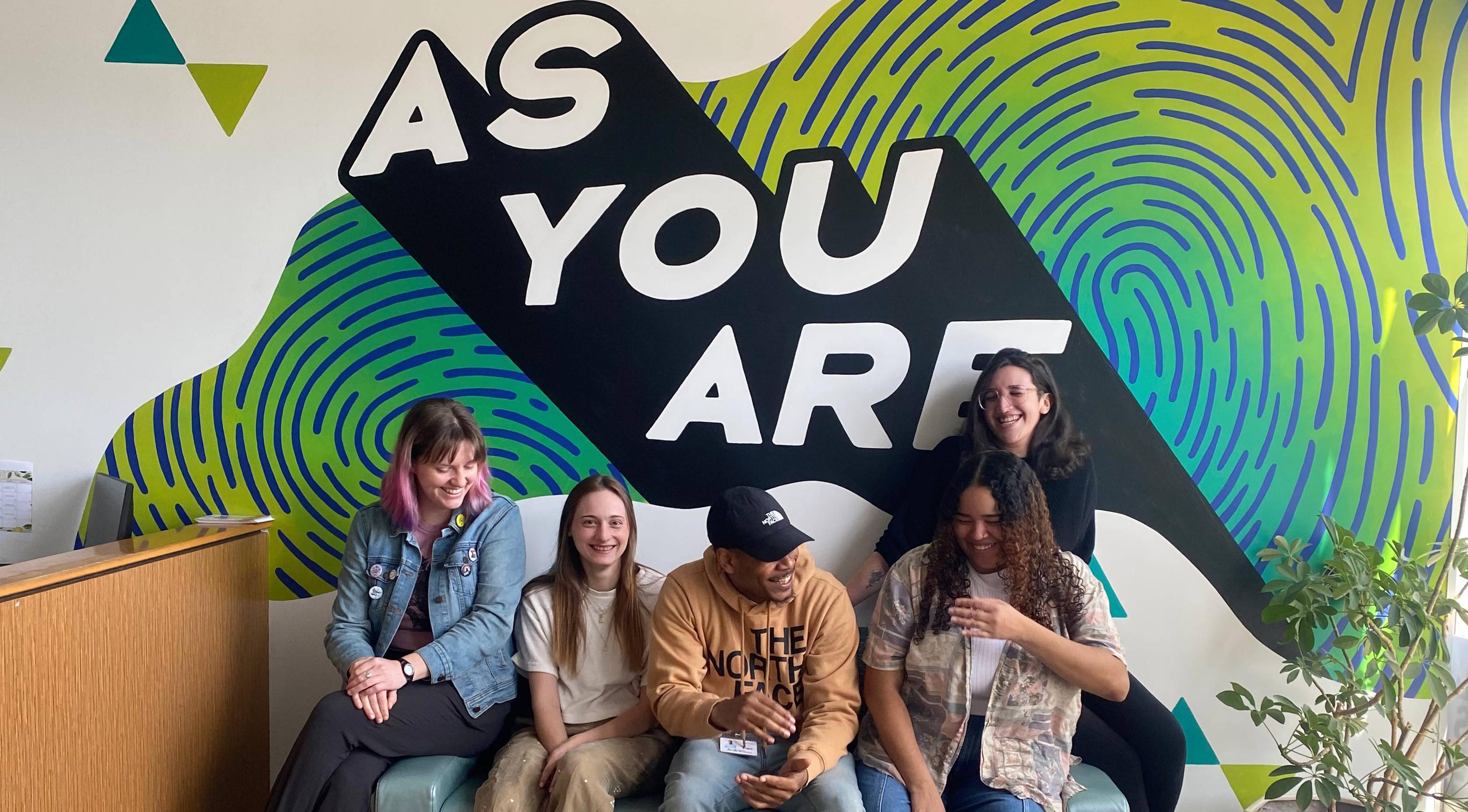Overcoming the Barrier of Health Literacy
Amy Barczy
| 4 min read
Amy Barczy is a former brand journalist who authored...

When patients come to the Love in Action free clinic in Grand Haven looking for help, each one has a different story. They might be experiencing poverty, homeless or living with a family member, or in the uninsured working class just making ends meet. These factors often correlate with lower health literacy.
Health literacy is the ability of individuals to obtain, process and understand basic health information to make health decisions – like knowing how to read a prescription label or understanding a treatment plan. Low health literacy can mean an individual may have higher medical costs, increased visits to the emergency room and hospital admissions. It’s also consistently associated with:
- Poor health outcomes
- Poorer health status
- Lack of knowledge about medical conditions
- Lack of engagement with health care providers
- Decreased comprehension of medical information
- Higher mortality
- Less use of preventive services
For the patients at the Love in Action clinic, all of the above can be true. Often, they don’t know where or how to start to find help for a chronic condition or health struggles. Someone may be technically literate – but have low health literacy. Low health literacy can be a barrier to accessing health care or in following the advice or treatment plan from a health care provider – which makes it a Social Determinant of Health. Factors affecting health literacy include other Social Determinants of Health as well, including living in poverty, education, race/ethnicity, age and disability.
Empowering through education
Jody Buttery, director of clinics of Love in Action of the Tri-Cities, is determined to make the clinic a friendly entry point to the health care system so people can better understand both their own health and how best to access providers. The Love in Action staff start by listening to clients talk about their health histories, medications and insurance status. They then suggest small, incremental steps to empower clients to advocate for their own health. “Where we feel confused about where to go and what to do about our own health, our patients are the same. However, many lack the network of people or knowledge to know which direction to turn,” Buttery said. Buttery’s goal is for patients to understand that they are a critical part of the health care system and their own solutions. “We want to partner with each patient and help them understand it’s a two-way street,” Buttery said. “When the patient feels listened to, and that it is a safe place, the individual is more likely to take the steps to move forward. This includes things such as making positive health choices, seeking counseling, applying for insurance, and transitioning into a primary care provider.” The Love in Action Health and Dental Clinic Team takes time to educate patients about their health conditions and encourage patient management. “As patients better understand their medical or mental health conditions and the ability that they have to influence change or access resources, the more empowered they are to manage their health and avoid a costly emergency room visit,” Buttery said. While health literacy may be a barrier to health care when they walk in to Love in Action, Buttery’s goal is to remove that barrier and have the clinic serve as a stepping stone into the traditional health care system.
Sharing the responsibility
The responsibility for addressing health literacy does not rest solely with the individual. The health care system is incredibly complex, as are health conditions. Health care organizations and businesses also can make significant changes in the way they communicate with patients – from prescription labels to informational materials provided at visits. At Blue Cross Blue Shield of Michigan, we know complex, confusing language can make health care concepts even more difficult to understanding – which can negatively impact the experience for our members. We’ve reviewed our use of terminology in our communications to provide plain-language usage guidelines for all of the materials we send to members. Our goal is to remove complexity and confusion around the language of health care for our members. Blue Cross also offers a Help with Health Care Brochures directory to help individuals who are uninsured learn about resources where they can get access to health care in their community. This directory can help individuals find providers across the state, regardless of their insurance status. Editor’s Note: This is one story in part of a year-long blog series. Blue Cross Blue Shield of Michigan journalists will be diving into some of the environmental and socio-economic reasons behind disparate health outcomes for certain groups of people. While there is no one answer or simple solution to resolving these complex issues, we’ll talk to community organizations working to address social determinants of health in neighborhoods and communities across Michigan, as well as highlight work that Blue Cross is doing to contribute to solutions for the health of all Michiganders. More from MIBluesPerspectives:
- Improving Access to Care in Michigan
- Understanding Social Determinants of Health in Michigan
- How Poverty Contributes to Poor Health
Photo credit: Getty Images





